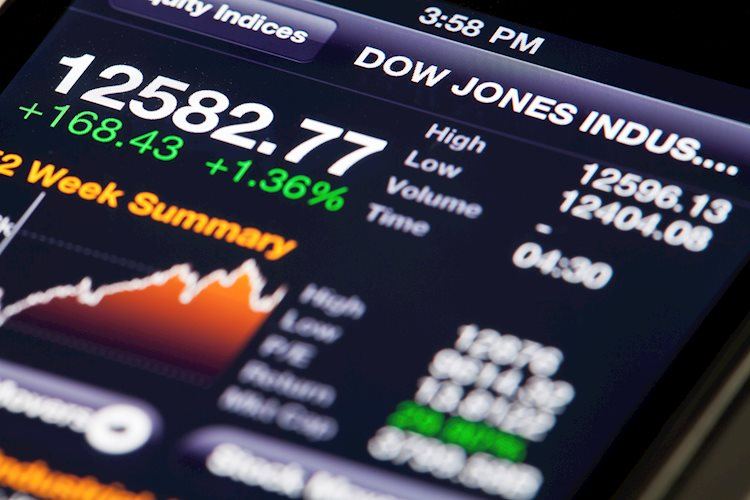The Dow Jones Industrial Average (DJIA) saw significant gains on Wednesday, peaking over 300 points following the release of the US Consumer Price Index (CPI) inflation data for July. The CPI inflation eased as expected, with the headline figure coming in slightly below the forecast at 2.9% YoY and core CPI inflation ticking down to 3.2% on an annualized basis. While the market had been hoping for lower inflation figures, this data still spurred positive movement in the Dow Jones, which ended the day up over 240 points.
Investors had been anticipating further drops in inflation figures after the recent decline in US Producer Price Index (PPI) inflation. However, the easing of price pressures at the producer level did not translate to a similar decrease in consumer-level inflation. As a result, rate markets are now pricing in only a 40% chance of a double-rate cut from the Federal Reserve in September.
On Wednesday, most of the Dow Jones index was in the green, with four-fifths of the equities climbing post-US CPI release. The top performer of the day was Home Depot Inc., rising 2.5% and testing $360.00 per share, while Intel Inc. led the losers, falling -2% to $20.00 per share.
The Dow Jones is now approaching the 40,000.00 price handle, with buyers looking to push prices above this key technical level. The index is currently trading above the 50-day Exponential Moving Average (EMA) and is up 4.3% from a recent bottom. Investors are eyeing all-time highs above 41,200.00 set in July.
The Dow Jones Industrial Average, founded by Charles Dow, tracks the 30 most traded stocks in the US. This index is price-weighted and is influenced by a variety of factors, including company earnings reports, macroeconomic data, interest rates set by the Federal Reserve, and inflation. Dow Theory, developed by Dow, is a method for identifying the primary trend of the stock market and uses the direction of the DJIA and DJTA to determine trends.
Traders have a number of options for trading the DJIA, including ETFs such as the SPDR Dow Jones Industrial Average ETF, futures contracts, options, and mutual funds. These investment vehicles provide different ways for investors to gain exposure to the overall index and speculate on its future movements.











